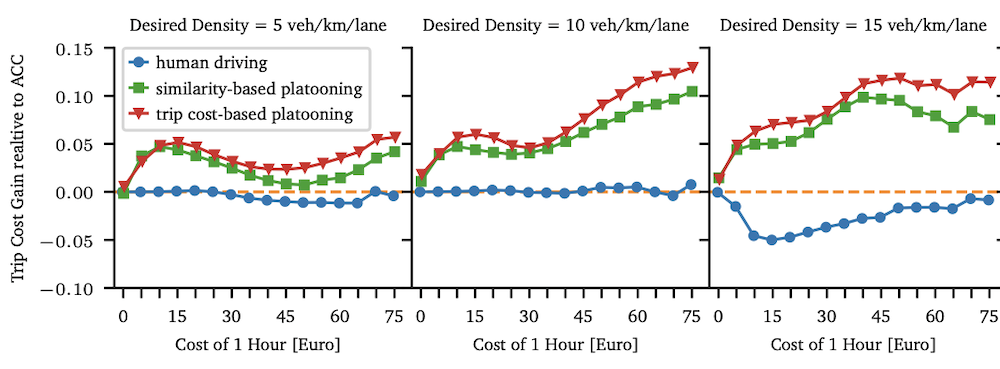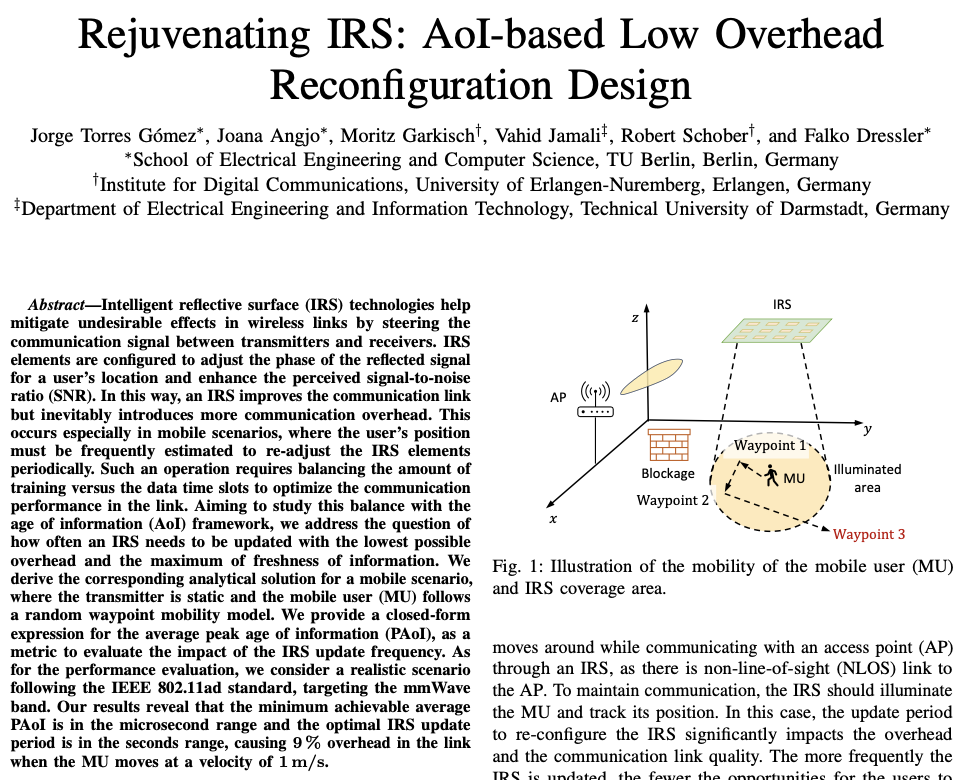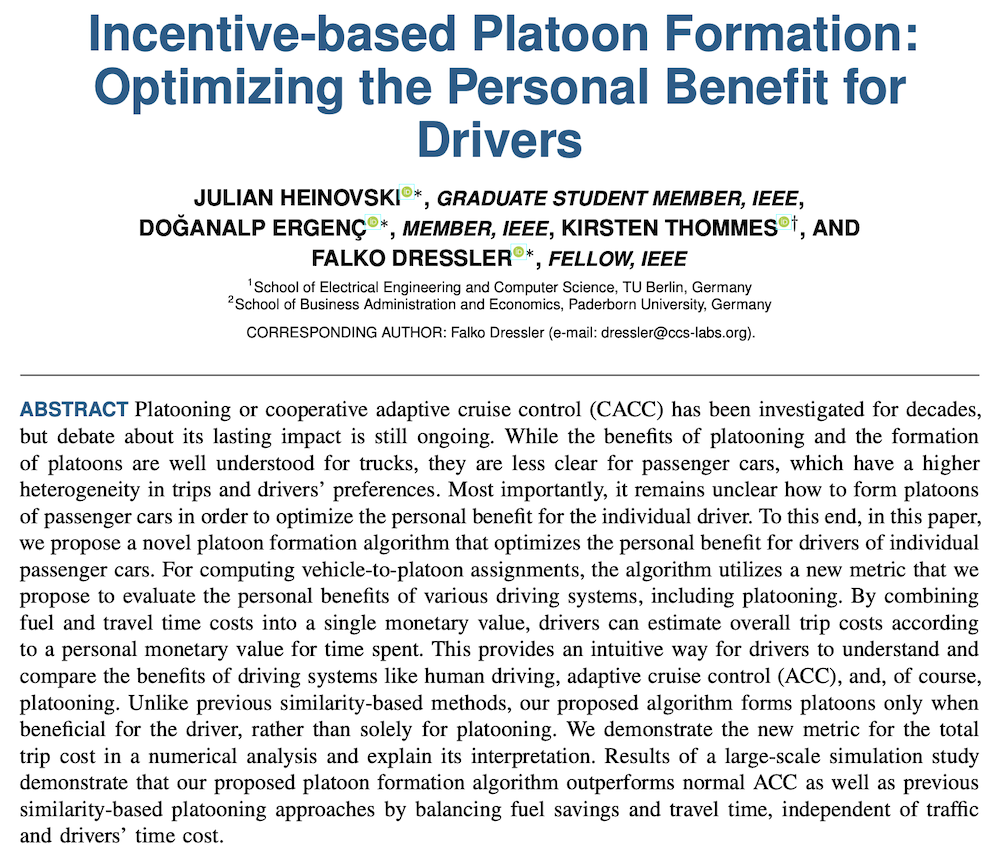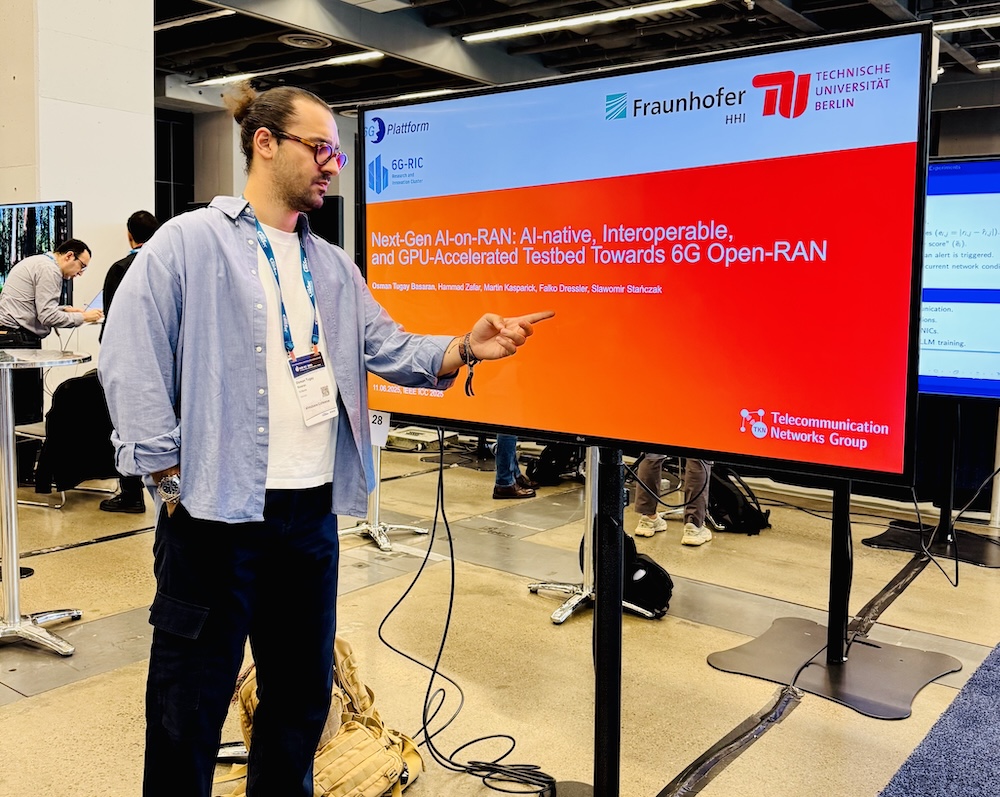Literature Database Entry
dressler2008bio-inspired
Falko Dressler, "Bio-Inspired Networking - Self-organizing Networked Embedded Systems," in Organic Computing, Rolf P. Würtz (Ed.), Springer, 2008, pp. 285–302.
Abstract
The turn to nature has brought us many unforeseen great concepts and solutions. This course seems to hold on for many research domains. In this article, we study the applicability of biological mechanisms and techniques in the domain of communications. In particular, we study the behavior and the challenges in networked embedded systems that are meant to self-organize in large groups of nodes. Application examples include wireless sensor networks and sensor/actuator networks. Based on a review of the needs and requirements in such networks, we study selected bio-inspired networking approaches that claim to outperform other methods in specific domains. We study mechanisms in swarm intelligence, the artificial immune system, and approaches based on investigations on the cellular signaling pathways. As a major conclusion, we derive that bio-inspired networking techniques do have advantages compared to engineering methods. Nevertheless, selection and employment must be done carefully to achieve the desired performance gains.
Quick access
Original Version ![]() (at publishers web site)
(at publishers web site)
Authors' Version ![]() (PDF on this web site)
(PDF on this web site)
BibTeX ![]()
Contact
BibTeX reference
@incollection{dressler2008bio-inspired,
author = {Dressler, Falko},
doi = {10.1007/978-3-540-77657-4_13},
title = {{Bio-Inspired Networking - Self-organizing Networked Embedded Systems}},
pages = {285--302},
booktitle = {Organic Computing},
editor = {W{\"{u}}rtz, Rolf P.},
isbn = {978-3-540-77656-7},
publisher = {Springer},
year = {2008},
}
Copyright notice
Links to final or draft versions of papers are presented here to ensure timely dissemination of scholarly and technical work. Copyright and all rights therein are retained by authors or by other copyright holders. All persons copying this information are expected to adhere to the terms and constraints invoked by each author's copyright. In most cases, these works may not be reposted or distributed for commercial purposes without the explicit permission of the copyright holder.
The following applies to all papers listed above that have IEEE copyrights: Personal use of this material is permitted. However, permission to reprint/republish this material for advertising or promotional purposes or for creating new collective works for resale or redistribution to servers or lists, or to reuse any copyrighted component of this work in other works must be obtained from the IEEE.
The following applies to all papers listed above that are in submission to IEEE conference/workshop proceedings or journals: This work has been submitted to the IEEE for possible publication. Copyright may be transferred without notice, after which this version may no longer be accessible.
The following applies to all papers listed above that have ACM copyrights: ACM COPYRIGHT NOTICE. Permission to make digital or hard copies of part or all of this work for personal or classroom use is granted without fee provided that copies are not made or distributed for profit or commercial advantage and that copies bear this notice and the full citation on the first page. Copyrights for components of this work owned by others than ACM must be honored. Abstracting with credit is permitted. To copy otherwise, to republish, to post on servers, or to redistribute to lists, requires prior specific permission and/or a fee. Request permissions from Publications Dept., ACM, Inc., fax +1 (212) 869-0481, or permissions@acm.org.
The following applies to all SpringerLink papers listed above that have Springer Science+Business Media copyrights: The original publication is available at www.springerlink.com.
This page was automatically generated using BibDB and bib2web.








